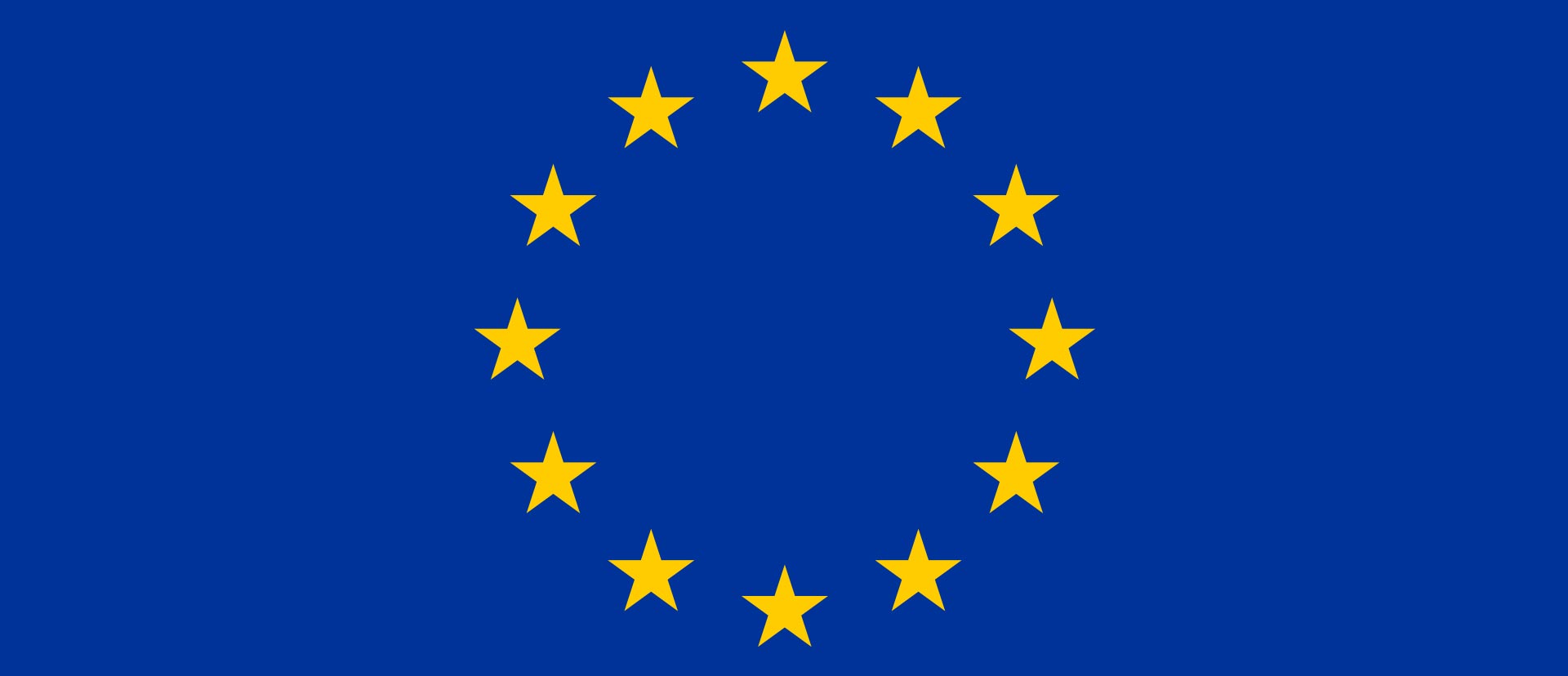
The final text of the Markets in Crypto Assets (MiCA) law creating a broad legal framework for digital assets including cryptocurrencies and stablecoins has been passed by the European Commission, and goes to the European Parliament next week.
The document, released Wednesday (Oct. 5), features a number of key provisions, notably capping the use of non-euro-denominated stablecoins — a provision that appeared to have been dropped in draft late last month. It has been revived in this text, but the EP is not bound by this draft.
Broadly, it divides cryptocurrencies into three categories: stablecoins, which are called e-money; asset-referenced tokens, which are stablecoins backed by assets other than fiat, including algorithmic stablecoins like the TerraUSD that collapsed in a $48 billion run in May; and everything else.
The European Banking Authority (EBA) will oversee e-money stablecoins, while much of the rest will be overseen by the European Securities and Markets Authority (ESMA).
Neither decentralized finance nor crypto lending and borrowing are covered in the MiCA law.
While there are a number of controversial sections broadly opposed by the crypto industry, such as limiting stablecoin transactions and applying the Travel Rule’s know your customer (KYC) requirements to any transaction between hosted wallets — such exchange wallets — or from a hosted wallet to an unhosted one, it remains “a momentous development for the cryptocurrency space,” Anto Paroian, CEO and executive director of crypto hedge fund ARK36, said in an email.
It should, he added, be “seen largely in a positive light” and as an “inflection point.”
As the first “comprehensive attempt at regulating the crypto markets,” Paroian said MiCA “marks the moment when cryptocurrencies and other digital assets have received full legal recognition in one of the largest and most important jurisdictions of the world.”
This should, he said, send “a powerful message to regulators in other places — as well as to investors who may have previously been hesitant to interact with this space.”
Featured News
DOJ and FTC Introduce Website for Reporting Anti-Competitive Healthcare Practices
Apr 18, 2024 by
CPI
US Congress Advances Legislation to Compel TikTok Sale
Apr 18, 2024 by
CPI
UK Financial Sector Advocates Enhanced Regulatory Accountability
Apr 18, 2024 by
CPI
Google and All 50 States Defend $700 Million Consumer Settlement
Apr 18, 2024 by
CPI
Colorado Enacts First Law to Protect Consumer Brainwave Data
Apr 18, 2024 by
CPI
Antitrust Mix by CPI
Antitrust Chronicle® – Economics of Criminal Antitrust
Apr 19, 2024 by
CPI
Navigating Economic Expert Work in Criminal Antitrust Litigation
Apr 19, 2024 by
CPI
The Increased Importance of Economics in Cartel Cases
Apr 19, 2024 by
CPI
A Law and Economics Analysis of the Antitrust Treatment of Physician Collective Price Agreements
Apr 19, 2024 by
CPI
Information Exchange In Criminal Antitrust Cases: How Economic Testimony Can Tip The Scales
Apr 19, 2024 by
CPI